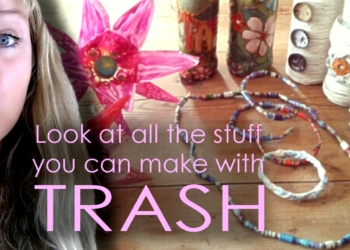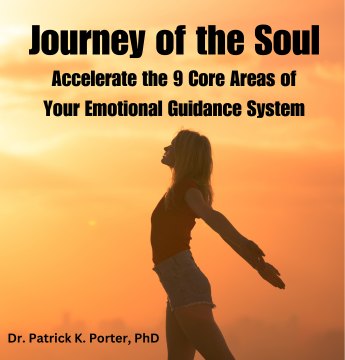Art and Music
3 Ways to Tap Into the Field of All Possibility
“My brain is only a receiver, in the Universe there is a core from which we obtain knowledge, strength and...
Read moreDetailsHow Trust Can Bring You Abundance
Here's an article inspired by the TED talk by Amanda Palmer on how people in the arts industry make money...
Read moreDetailsMake Money Creating Beautiful Recycled Goodies Today!
Let Cherie Roe Dirksen show you how to turn your trash into treasure with these 5 tried and tested things...
Read moreDetails






![Everything You Ever Wanted to Know About 9/11 Conspiracy Theory in Under 5 Minutes [VIDEO] | by James Corbett](https://consciouslifenews.com/wp-content/uploads/2018/09/911-a-conspiracy-theory-120x86.jpg)
